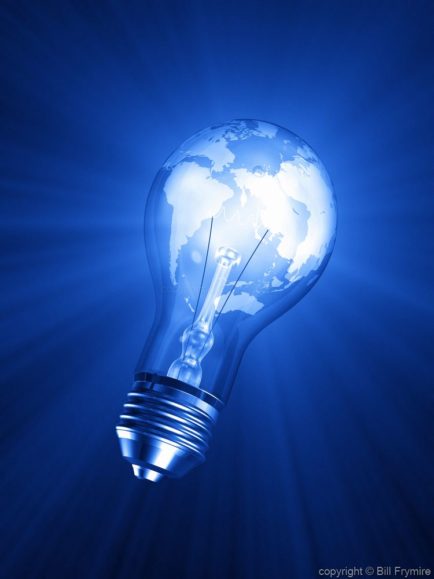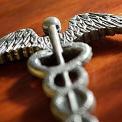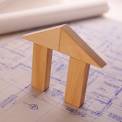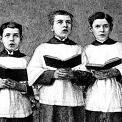Electricity History

Would you like to use this image? Click here to use it.
When Benjamin Franklin first started experimenting with electricity, the year was 1752, and the world had no idea that in 350 short years we would be using electricity to fuel our cars, light our homes, and power our “magical” digital devices. Franklin first became interested in electricity through lightning and experimented with drawing a charge through a kite’s wet string to the earth below. He later developed the “Leyden jar” which was the forerunner to the modern capacitor and advanced the study of electrostatic energy.
But we’ve come a long way from electrified kites. Modern electricity greatly enhances not only our capacity to work longer hours, but also provides us with safer lighting, as opposed to gas lamps. Electricity and natural gas were developed alongside one another, with London becoming one of the first cities to have a large scale gas lighting system in 1861 that changed our cities forever. Electricity started being widely used in London in 1891, and the US got on board in New York in 1862 with the formation of what would become General Electric. The first US power station was the Pearl Street Station, right along the edge of Manhattan.
Canada electrified on a similar timeline to the US, and we have been producing power using hydraulic dams since 1881. Our parliament was electrified in 1883 with incandescent bulbs, and we’ve been building dams ever since. Electric cars are also nothing new – they’ve been around since 1893, and were produced until the 1920s. Most towns and cities also had electric streetcars which greatly cut down on their fossil fuel consumption and provided reliable and safe public transit.
Do you take electricity for granted? Will we have enough capacity to power our automobiles, devices, and homes when we reach the end of oil? Let me know on Facebook.















